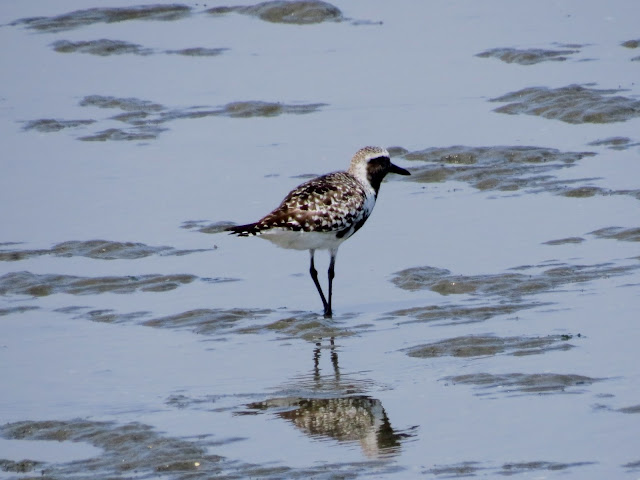Common Murre aka. Common Guillemot aka. Thin-billed Murre
Moss Landing, Monterey Bay, California, USA
November 2015
Member of the Puffin, Murre, and Auk Family
§A
Fragrance of
Murres§ (
?)
~true bird fact~ Like his distant, convergantly evolved cousin, the penguin, Murres are water experts. Although they have good flight, they couldn't be described as agile in the air, and are most at home in and under water. They feed by diving after small fish, swimming with their wings. Murres on a mission can go as deep as 600 feet, which is about 3 times as deep as a very good human diver could go without equipment. I wonder what else likes to feed on small fish...
Cheerful and easygoing
Approaches new experiences enthusiastically
Cusses like a sailor, to the surprise of most who first meet her
Feels a sense of community with other seabirds and sea mammals

Oh... Well.. Since it came up, I guess I might as well. Might as whale...
Humpback Whale
Moss Landing, Monterey Bay, California, USA
November 2015
Member of the Rorqual Family
§A
Pod of
Whales§
~true whale fact~ There are too many cool whale facts to possibly even begin here, but they are super smart and interesting and you should really look into them. Did you know that this type of whale has two nostrils that form his blowhole? Certain other sea mammals (mainly dolphins, but some whales) have lost this second nostril, it having evolved into their echolocation organ. So without echolocation, how do these whales maintain such a good sense of direction and spatial awareness? They have small guide hairs all over them that react to slight changes and give them information about their surroundings. Those little bumps you see on their faces are the places the hairs stick out of. Another fun fact, this whale can feel empathy, which is a very rare quality in animals.

Leads an austere but rewarding life
Frequently goes out of her way to help others. Is this whale a busybody?
Loves to splash and play
A good pen pal










